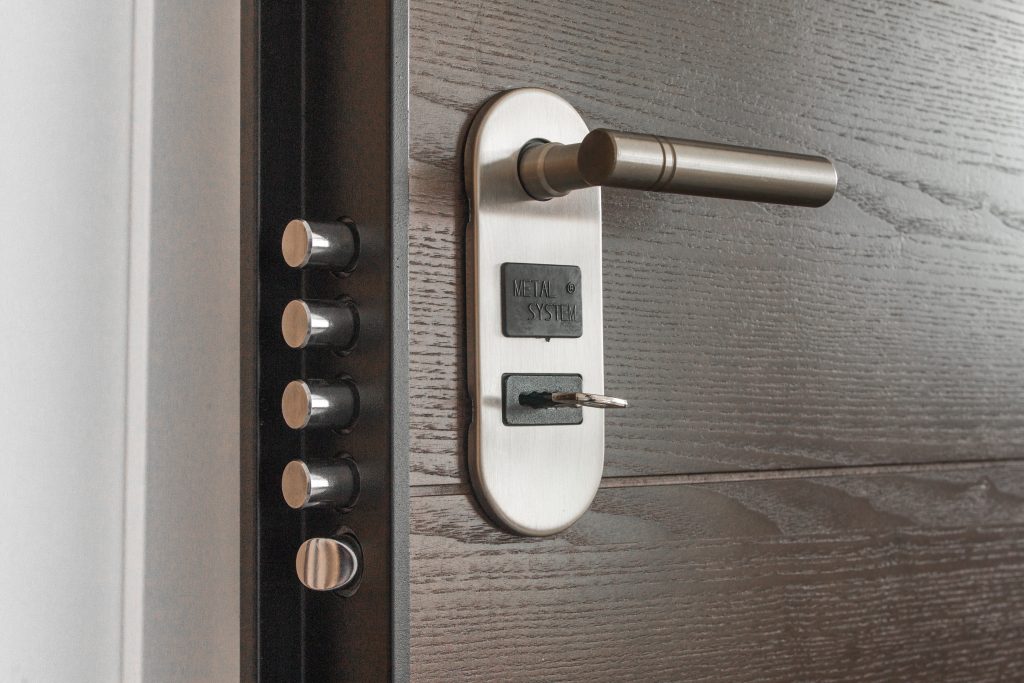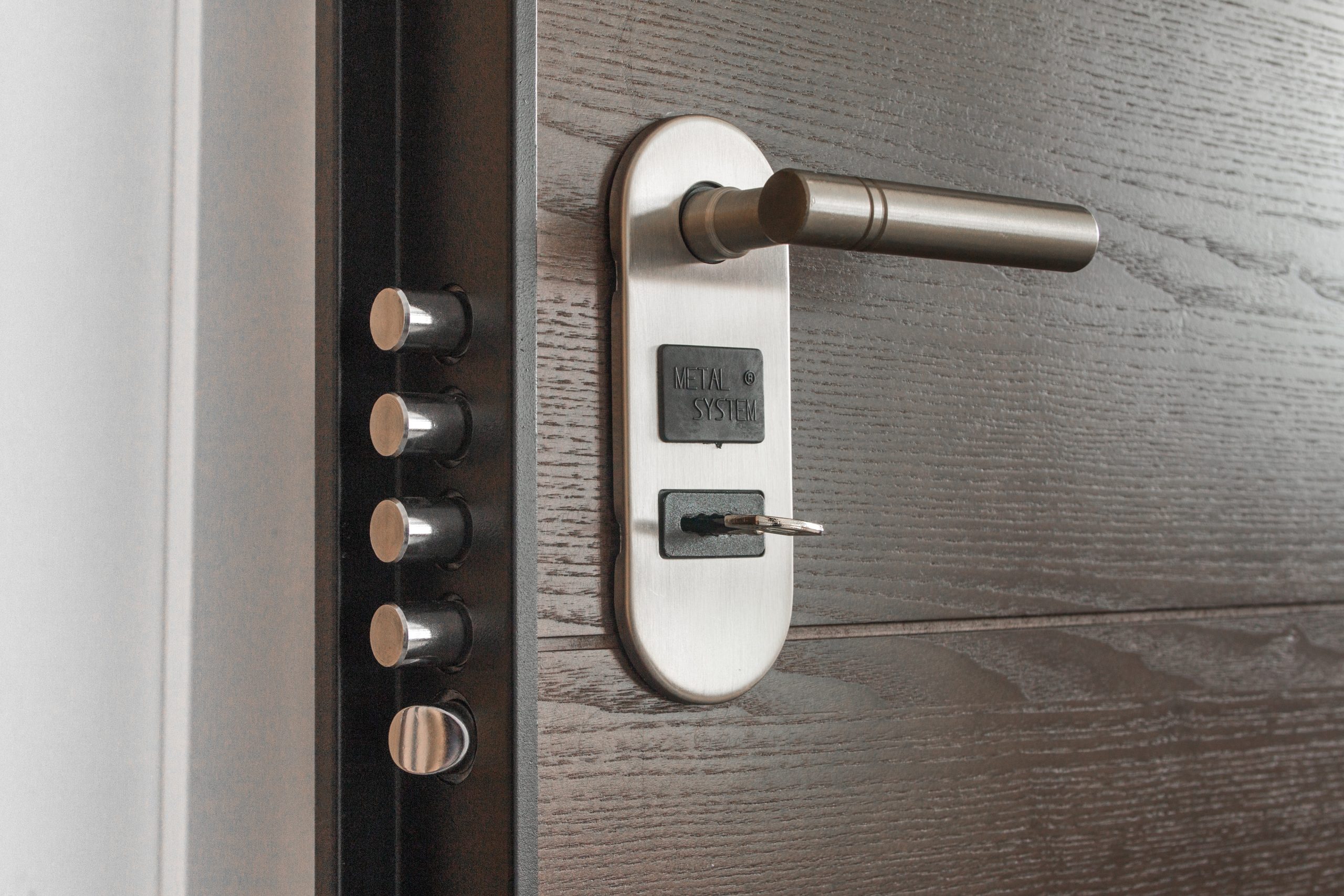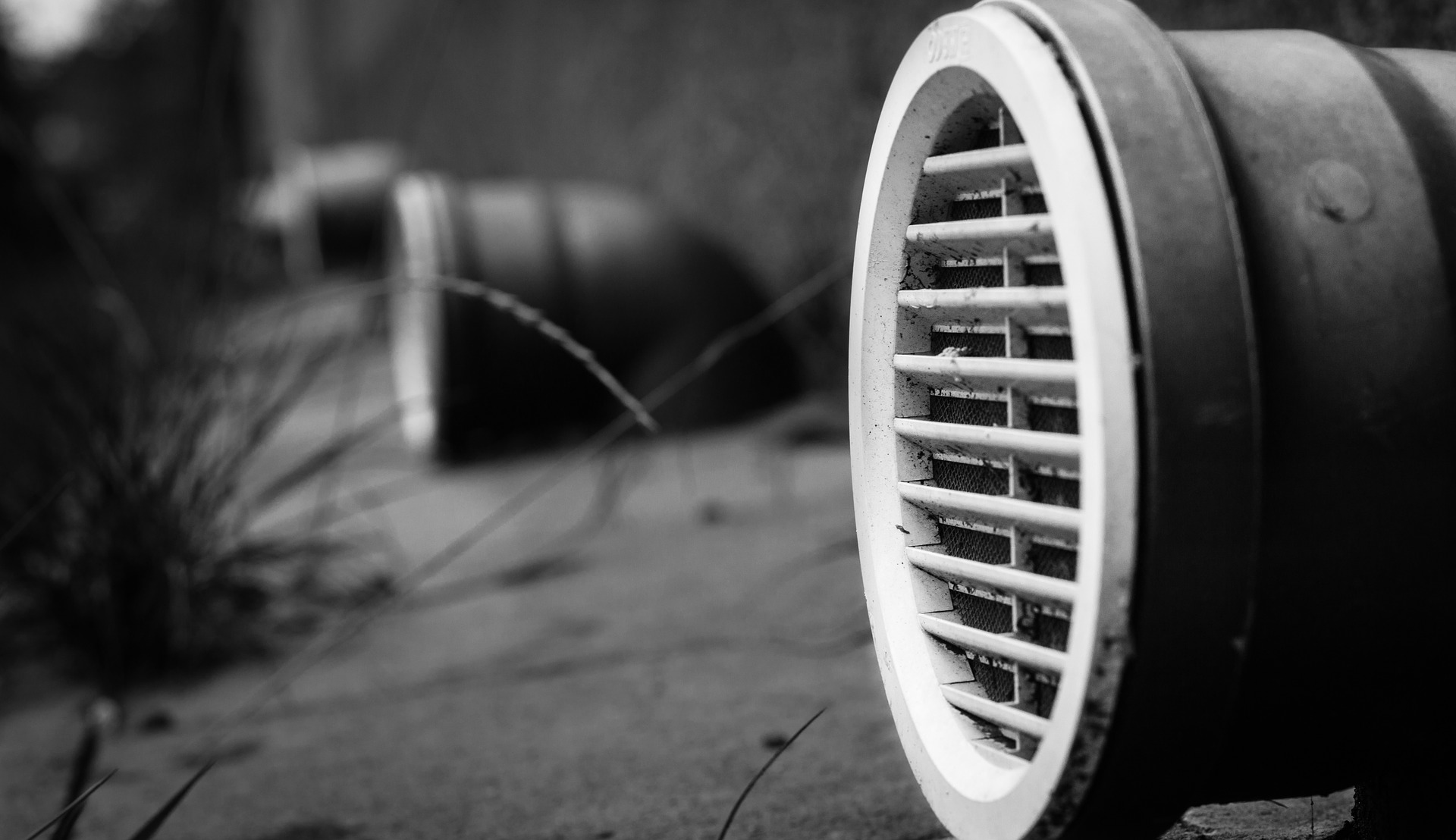Do You Know Why Passive Fire Protection Is Vitally Important?
Passive Fire Is Your Silent Guardian
Passive fire protection allows you to control the fire
Passive fire protection helps to limit and reduce the spread of fire.
We do not realize the importance of passive fire protection because, in regular times, we see it as products embedded in the building. But it comes to the rescue when we need it, just when we are desperate. Just when we have nothing else to do, instead of helplessly waiting for help.
Many people do not understand the role of passive fire protection. They think that only active fire protection such as alarms, water sprinklers and fire extinguishers will suffice are essential. Some people even ignore the thought of a fire, telling themselves that this cannot happen to them. But they are cruelly wrong. No one has insurance that this kind of disaster will not happen to them.
Passive fire protection is just as important as active protection
If the impossible happens on your premises, passive fire protection will guard you and reduce the damages. It will surround the relentless blazes that no one else can withstand to save lives, protecting the building from destruction.
Passive protection works on the principle of restraint. The purpose of it is to lock and hold fire where it began. If, of course, its repayment is impossible. It will keep the fire and give you valuable time until firefighters arrive. Thus, it will help you prevent or reduce the physical damage to people and reduce your financial losses.
If you do not have the necessary passive protection, you do not have this valuable time, and you cannot control the fire. And you will probably lose a lot, maybe even everything you own.
But if we want to be protected fully, we must have a good fire protection plan, including active and passive fire protection methods.
Passive fire protection allows you to control the fire
Passive fire protection helps to limit and reduce the spread of fire.
We do not realize the importance of passive fire protection because, in regular times, we see it as products embedded in the building. But it comes to the rescue when we need it, just when we are desperate. Just when we have nothing else to do, instead of helplessly waiting for help.
Many people do not understand the role of passive fire protection. They think that only active fire protection such as alarms, water sprinklers and fire extinguishers will suffice are essential. Some people even ignore the thought of a fire, telling themselves that this cannot happen to them. But they are cruelly wrong. No one has insurance that this kind of disaster will not happen to them.
Passive fire protection is just as important as active protection
If the impossible happens on your premises, passive fire protection will guard you and reduce the damages. It will surround the relentless blazes that no one else can withstand to save lives, protecting the building from destruction.
Passive protection works on the principle of restraint. The purpose of it is to lock and hold fire where it began. If, of course, its repayment is impossible. It will keep the fire and give you valuable time until firefighters arrive. Thus, it will help you prevent or reduce the physical damage to people and reduce your financial losses.
If you do not have the necessary passive protection, you do not have this valuable time, and you cannot control the fire. And you will probably lose a lot, maybe even everything you own.
But if we want to be protected fully, we must have a good fire protection plan, including active and passive fire protection methods.
The Right Protection will:
Save Peoples' life
The proper passive fire protection will give you valuable time to save peoples' life.
Protect your property from destruction
Locking the fire in a place where it started will protect your property from destruction.
minimize your losses
Good passive fire protection will reduce your damages and will significantly reduce the risk of total ruin in case of fire.
Do You Have the Right Passive Fire Protection?
If you want to ensure that your passive and active fire protection is qualitative and meets the requirements of current British standards, you should use third-party certificated products. Only then you can be sure that passive fire protection will help you in the event of a fire.
We at Aarhus Fire strictly follow these rules and offer our clients only qualified, third-party certificates reliable products.
We look at our customers as part of our family, so we want to ensure they are safe exactly like our loved ones. Because of this, we always provide their safety with the highest quality and best products.
Where the Law Requires Passive Fire Protection?

According to the law, passive fire protection is required in almost all buildings, whether domestic or non-domestic. However, suppose the building is new construction, modernization, or extension. In that case, it must be carried out and comply with Building Regulations 2010, Fire Safety: Approved Document B.
If you are unsure whether you have the essential passive protection or whether your passive protection complies with this plan, you should contact a competent person.
What Is the Most Important Passive Fire Protection?
The most important passive fire protection is fire doors, fire dampers, fire-resisting walls, floors, ceilings, etc.

Fire doors can keep the fire in the place from where it broke out. Usually, a good fire door should hold the flames for at least 30 minutes. In addition, a good entrance must meet specific standards. For example, it must have things like smoke seals to ensure the spread of fire and the entry of cold smoke in the early stages of a fire. This smoke, known as the silent killer, can be fatal to humans. It can cause damage in the early stages of a fire before the heat and flames had reached the occupants before they knew there was a fire.


Firewalls

A firewall can slow the spread of fire and smoke by providing valuable time for people in the building to evacuate, helping reduce the damage.
A firewall is different from a fire barrier or firewall, usually used to separate parts of a building. They are also fire-resistant and help protect against the spread of fire, but they do not provide structural stability like firewalls. Some firewalls are a fire-resistance rating of up to four hours.
Fire dampers

In Passive Fire protection, we use fire dampers mainly in air conditioning, ventilation, and heating systems. They are designed so that they close automatically when the temperature rises to 165 degrees. Thus, this device forms a barrier and prevents the entry of fire.
What Materials Save People Lives in Situations of Fire?
Intumescent and subliming materials which start to degrade when the temperature is high (usually above 80 degrees C) used in a passive fire typically are:
Intumescent air transfer grilles
They protect people from hot gases from fire released during a fire which usually moves quickly through air ducts for air conditioners. And are very difficult to notice in the early minutes of the fire.
Under normal conditions, the absence of fire, the transfer grilles serve simply as an air circulator. But the swelling material inside these grilles is designed and made to expand when felt in high temperatures. In case of a fire, this material creates a barrier limiting the passage of hot gases.
Intumescent air transfer grilles hold hot gases for 30 or 60 minutes.
Intumescent socket box inserts/covers
There are also intumescent socket box inserts/covers for electrical sockets constructed to fill the electrical box in a fire, preventing the spread of flames, smoke, and hot gases.
Intumescent downlighter covers and fire hoods/canopies for recessed light
Intumescent downlighter covers and fire hoods/canopies for recessed light fittings are another passive fire protection. They tend to prevent fire from penetrating the ceiling cavity. These covers can protect the ceiling for 30 to 60 minutes.
Intumescent pipe wraps and collars
The unique design of these materials gives protection during making the floors and walls of the building fireproof. As passive fire protection, the specialists use these pipe wraps on plastic pipes inside the walls or floors. The intumescent material in these wraps and collars expands inwards in case of a fire. In this way, they squeeze the collapsing pipe and seal the opening, not allowing the flames to pass to other rooms for a particular time.

